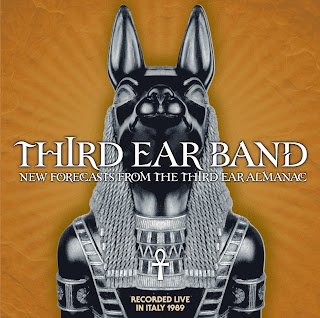On March 3rd, 2014 Mary Hayes wrote me an unexpected letter through my personal e-mail (read it at http://ghettoraga.blogspot.it/2015/04/good-chances-to-have-soon-interview.html).
"In 1967, I first met Paul when I was living in Oxford Garden W11. Paul lived close by in Elgin Road, W 11. Both addresses are in Ladbroke Grove - known as part of the Grove.
Historically and educationally, Paul's life was different in regards to his earlier Senior school years at the London's City School for Boys, on the river Thames - probably as a Chorister scholar and was a student of the oboe and piano.
Paul's experience of musical life started as a member for the British Youth Orchestra as an oboist player - and work wise, he became a book typographically designer. Paul, therefore, had two careers, one as a musician, and two, a career as a book designer, both areas he was a brilliant artist. Paul was not affected by musical tastes, he was a natural with his interest in playing the oboe, and obsessed with the oboe sounding beautiful in musical overtones, and would constantly practice getting the reed and oboe right in tone and expression.
%2Bbis.jpeg) |
| Paul and Mary after married with friends |
Glen Sweeney's method was tinkering with musical articulation - osculating with musical rhythms - Drum rhythms, jazz orientated. For Glen Sweeney, the meeting with Paul was visually, a dream come true.
Paul Minns playing the oboe became intermingled with a vision of Asian and Indian harmonies matched by musical and classical overtones. Musically, Paul's playing of the oboe became imbued by hauntingly melancholic sounds by escalating expression in nature and harmonies in mysticism.
Both good - for Paul Minns was the first musical debut for the Third Ear Band. Paul Minns playing became a masterly use of the 'oboe' and its mysticism. Both bad, because Glen wanted glory in his own articulate mould - as a success story. Glen Sweeney pushed the group - and Paul Minns, by playing the oboe - ruled the nature and shape of the Third Ear Band from 1966 -1989, which in essence would have been forever expanded musically".
no©2015 Luca Ferrari (unless you intend to make a profit. In which case, ask first)








































































